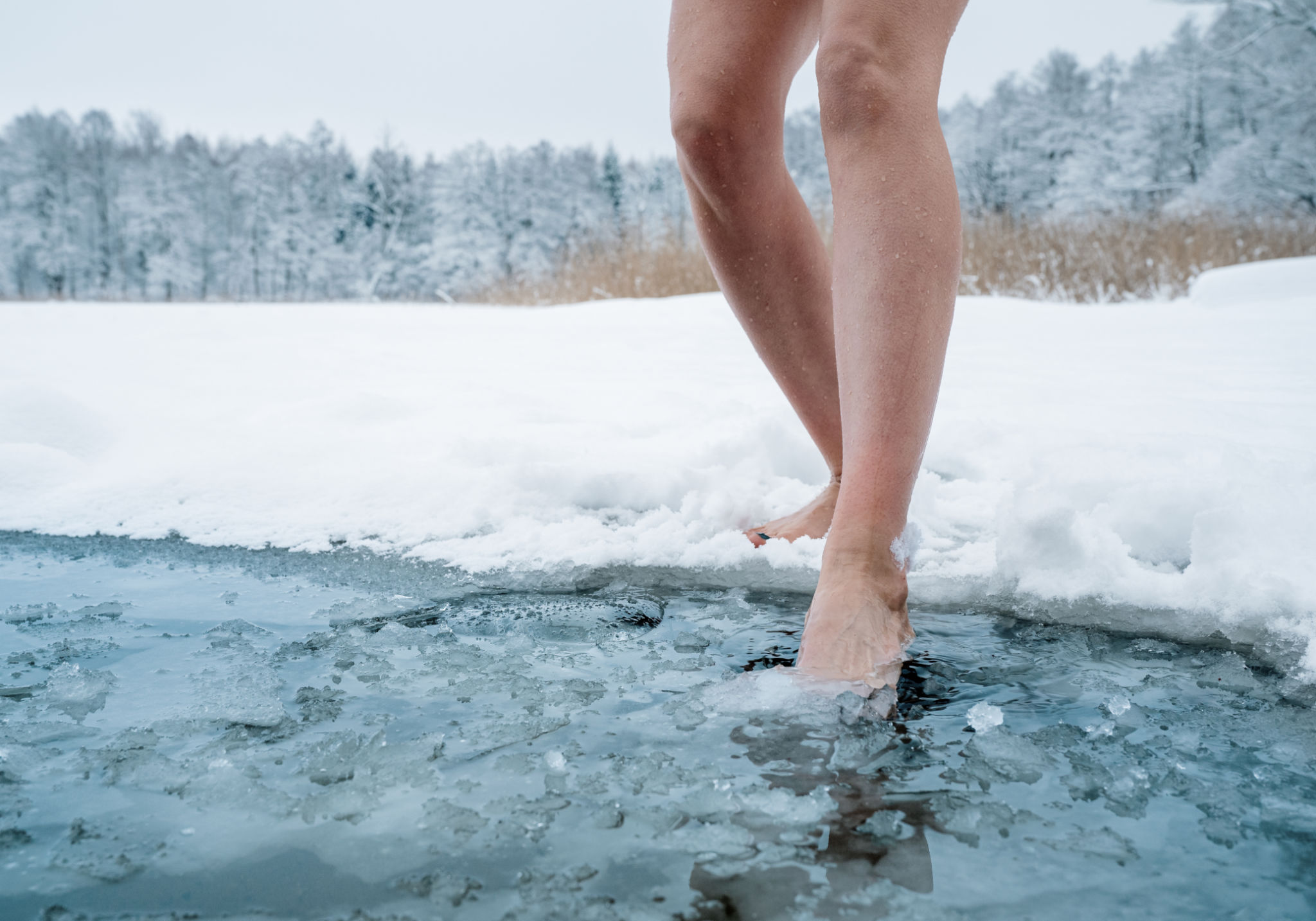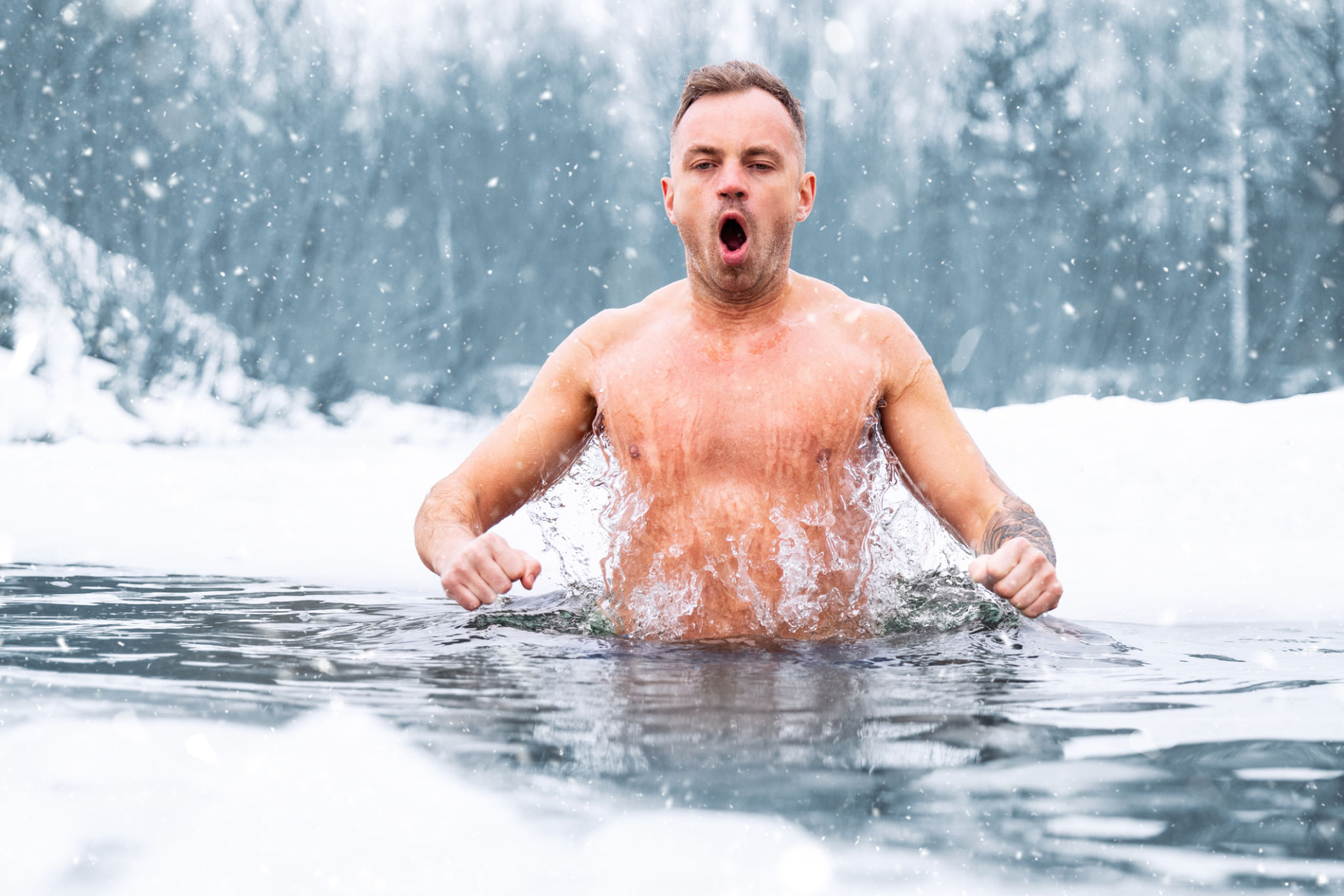How to Maximize Your Cold Plunge Experience for Optimal Health
Understanding the Benefits of Cold Plunging
Cold plunging, also known as cold water immersion, is a practice with roots in ancient traditions and is gaining popularity for its numerous health benefits. By exposing your body to cold temperatures, you can enhance your recovery, improve circulation, and boost mental clarity. The shock of cold water triggers vasoconstriction, which leads to improved blood flow once you warm back up.
Regular cold plunging can also contribute to increased metabolism and fat loss, as your body works harder to maintain its core temperature. Moreover, it can help reduce inflammation and muscle soreness, making it a favorite recovery tool among athletes. Understanding these benefits can help you approach cold plunging with the right mindset and maximize its impact on your health.

Preparing for Your Cold Plunge
Preparation is key to ensuring a safe and effective cold plunge experience. Begin by setting a realistic goal for how long you want to stay in the water. If you're new to this practice, start with shorter durations and gradually increase your time as you become more acclimated. It's also important to consult with a healthcare professional if you have any underlying health conditions.
Before entering the cold water, perform some light exercises or dynamic stretches to warm up your body. This will help prepare your muscles and reduce the shock of the cold. Wearing appropriate swimwear and bringing a towel for afterward will also enhance your experience.
Choosing the Right Location
Selecting the right location for your cold plunge is crucial. Ideally, find a clean, natural body of water like a lake or river. Alternatively, you can use a cold plunge tub or even a bathtub filled with ice water at home. Ensure the area is safe and easily accessible to avoid any accidents.

Executing the Cold Plunge
Once you're prepared, it's time to take the plunge. Start by immersing yourself gradually, allowing your body to adjust to the temperature. Focus on controlling your breathing; deep, slow breaths can help you stay calm and prevent hyperventilation. Remember that it's normal for your body to feel a strong urge to leave the water initially, but try to remain composed and focus on the benefits.
While in the water, it’s important to listen to your body. If you start feeling numbness or extreme discomfort, it’s time to get out. Gradually increasing your exposure over time will build your tolerance and allow for longer immersion periods.
Post-Plunge Recovery
After exiting the cold water, it's vital to warm up your body correctly. Dry yourself off immediately and put on warm clothing. Enjoy a warm beverage like herbal tea or hot water with lemon to help raise your core temperature. Gentle movement or light stretching can also assist in bringing warmth back to your extremities.

Incorporating Cold Plunges into Your Routine
To maximize the health benefits of cold plunging, consider integrating it into your regular wellness routine. Aim for consistency; even short sessions of two to three times a week can yield significant results over time. Keep track of how you feel after each session and adjust your frequency or duration as necessary.
Pairing cold plunges with other healthy habits like proper nutrition, regular exercise, and adequate sleep will further enhance your overall well-being. Remember that every individual’s tolerance is different, so it’s essential to tailor your approach based on personal comfort and progress.
Conclusion
With its array of health benefits and invigorating effects, cold plunging can be a transformative addition to your wellness regimen. By understanding the process and preparing adequately, you can ensure each session is both safe and effective. As you become more accustomed to cold plunges, you'll likely find it a rewarding practice that contributes significantly to your physical and mental health.

